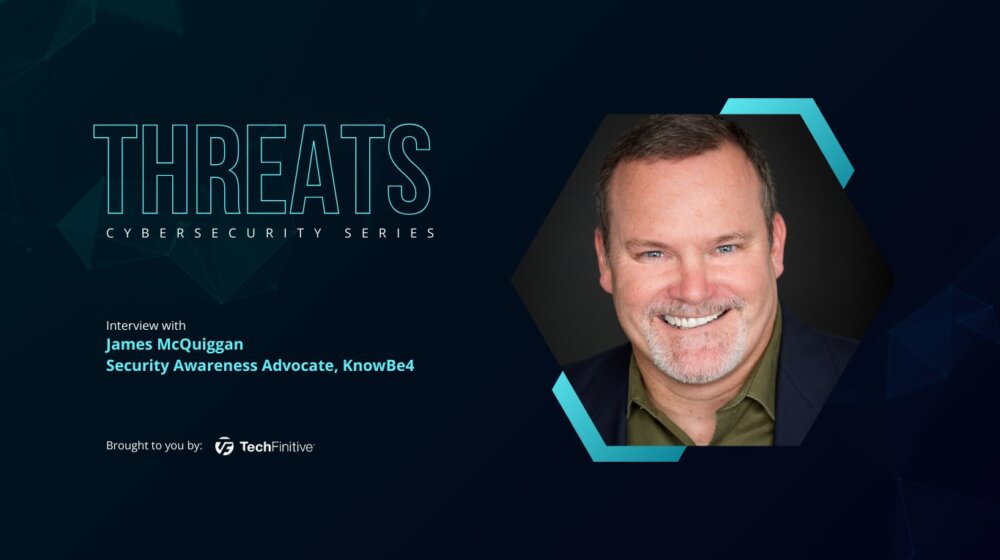
Confessions of an IT manager: how to sell to me
Michael Dear is an IT manager for a 600-seat company, so is the target of hundreds of eager sales pitches. Here’s how to get through his iron-clad defences
How do you celebrate Christmas? For me, there’s nothing I like more than deleting all that year’s unread emails. This year, I deleted 2,955. If one of them was yours, then I’m sorry, but I didn’t have time to do anything other than look at the top line and decide to leave it.
Perhaps you tried to phone me? Bad luck. During the pandemic, I got rid of my desk phone and even removed my work mobile number from my business cards. This isn’t because I hate everyone and everything, but because until that point I was spending at least an hour per day dealing with cold callers.
So, how do you contact me, a reclusive IT manager? And when you do, how do you ensure you’re not wasting both of our time? That’s what this article seeks to explain.
Turn-offs
First, let’s talk immediate turn-offs.
Rule number one, don’t send multiple emails. “You may have missed my first email” will just get you added to my instant delete rule. As will deciding I haven’t responded to you and sending it to someone else in the organisation. We are a small team and speak to each other, which means they forward it to me and you and your domain are auto-deleted forever for everyone.
I also don’t care if it’s AI-driven with blockchain and is in the top right of the Gartner quadrant. These buzzwords may work with some people, but most IT managers are like me. We still do the job, we look after staff, we are dealing with our own issues. Trendy phrases like “single pane of glass” are a massive turn off.
I will just stop engaging, because to me it’s a shorthand for you saying this isn’t better than what I have.
When selling to IT managers, you must understand that we depend on the tools we have. Even if we don’t like them. Chances are that the tool you’re selling overlaps with something we already have in place, so your tool will have to displace it.
To convince me that it’s worth considering, you need to obey the KISS rule. That is, Keep It Simple, Stupid. As concisely as possible, you first need to explain why your tool is better in terms of both cost and functionality.
But that’s not enough: why is it worth me and my team suffering the rip-out-and-replace pain? Including the time for education that is required to learn how to run with this tool instead of the one I already know.
Turn-ons
So, those are all the turn-offs. What does work for me is when I speak to “ex-engineers”. They understand what my problems are, or at least can pretend to understand.
That’s the who. For the when, think trade shows. I always put aside several days a year to visit trade shows, both large and small, and spend the time just chatting if I find something interesting. Even if I don’t need something now, I may in the future.
If you get hold of me, be honest, answer the questions and admit if you can’t. I won’t hold that against you. I will be happy to arrange a follow up for something interesting and, once in the diary, unless I really can’t do it, I will make that meeting to continue the discussion.
First dates: how to have a successful meeting
Think of the first discussion as akin to a first date. We’re both seeing if we’re a good fit for one another; for me, it’s a chance to fully understand if you’re offering something that we need.
For the second date, we need to get hands-on. As such. Now, giving me one week’s full access to a tool isn’t enough: that’s not enough time to both deploy it and properly test it.
Don’t forget, we have our own internal deadlines. I need to fit this process into my already busy time, so if you want a quick sale and think that a short play with nothing other than a help page to guide me is going to work, go somewhere else.
This leads me on to patience. Please try to be understanding when I may not (probably haven’t) done everything I said I would do. I will have tried, promise, but I may have had to deal with something unforeseen.
I would finally say that when I am purchasing something, I am looking for a relationship rather than a single-year deal. This is different to the transactional model that many larger organisations may want. If you can help me address a pain point, it’s likely that I will be a recurring sale for years, since now someone else has to overcome my inertia hump to replace the tool!
Success story #1: when marketing works
Change is risk. I’m always aware that when I switch tools, the outcome could be worse. That’s why I will stick with what I know as my default. But there are times when I’ve been swayed.
I ran a small security training program for our users, but the tool was not only US-centric but the supplier consistently showed that they wouldn’t change anything. Very irritating.
At a trade show, I saw a display that showed purely UK training content. I spoke to the reps, who took me through the product and the financials. I was almost ready to swap tools before I left that stand: I had everything I needed, including a better product and lower costs.
When I explained I had six months left of the existing subscription to the rival tool, they even offered to give me six months free so I could start now rather than wait. Again I took that, and I’m very happy with that tool; the sales person even said it was the easiest sale they have done!
There are two things I would flag here. First, the marketing was exactly what I wanted. Second, they were confident in the product, so rather than waiting for the next budgetary year they gave me an onramp to start using there and then.
Success story #2: when marketing doesn’t work
We had a requirement to implement an “allow list” for all executables on the estate. Windows’ built-in AppLocker tool worked, but the experience generated way too many user calls and was a pain to run, so it had been quietly turned off.
I was eating my lunch at a conference when I heard a speaker say, in an off-hand way, that their product managed allow and deny lists for executables. I finished my lunch and went to speak to the vendor.
Over the course of a couple of months, which involved almost weekly support meetings, we implemented the tool as part of a trial run. I could soon see that the tools worked better than AppLocker, solving a pain point for me, and the firm was there to help with issues – even before we agreed that we were going to buy it.
When we did order the tool, it was already in our comfort zone: we knew how it worked and we could run it. The firm was confident that its product could fix my pain point and backed that with resources to make sure it did for as long as we needed it. That filled me with confidence, and I suspect the tool will be in use for years now.
One additional point here is that I had in fact walked passed the company’s stand earlier, and wasn’t aware that its tool could do the job. Had I not heard the speaker, I wouldn’t have gone back and had a discussion; in this case marketing had let the business down.
Final notes
Patience is required to sell to people like me: I am looking for a relationship and the trust that comes with that, not a quick one-off sale. I am intentionally difficult to get hold of, so your messaging needs to be clear from the get go. If by email, the subject line is your friend.
That way, I will come to you rather than you chasing me. Get that one sale and I am likely to be very loyal going forward.
how to sell to an it manager: a summary
- Forget email: if you want to sell to busy IT managers, catch them at trade shows when they’re actively looking for new solutions.
- Wheel out the ex-engineers, because if the sales person doesn’t know their stuff (or tries to bluff) then that’s goodbye.
- Give IT departments time to play with your technology, and make sure you support them with more than a generic Q&A web page.
- Think relationship rather than transactional. In non-enterprises, at least, IT managers are looking for a relationship.
NEXT UP

James McQuiggan, Security Awareness Advocate at KnowBe4: “Ironically, attack methods have remained unchanged over the past twenty years”
In this interview, we hear from James McQuiggan, Security Awareness Advocate at KnowBe4 and a part-time Faculty Professor at Valencia College in Florida.

What is ocean-bound plastic and should you care?
Lee Grant digs behind the truth about ocean-bound plastics to explain why reducing them is a worthy cause – but that we need to treat marketing claims with due scepticism

Slow buyers cause tech firms to rethink sales approaches as tough Q1 hits home
New research suggests tech sales were slow in Q1, with buyers of technology and professional services taking their time before committing to any solutions.
